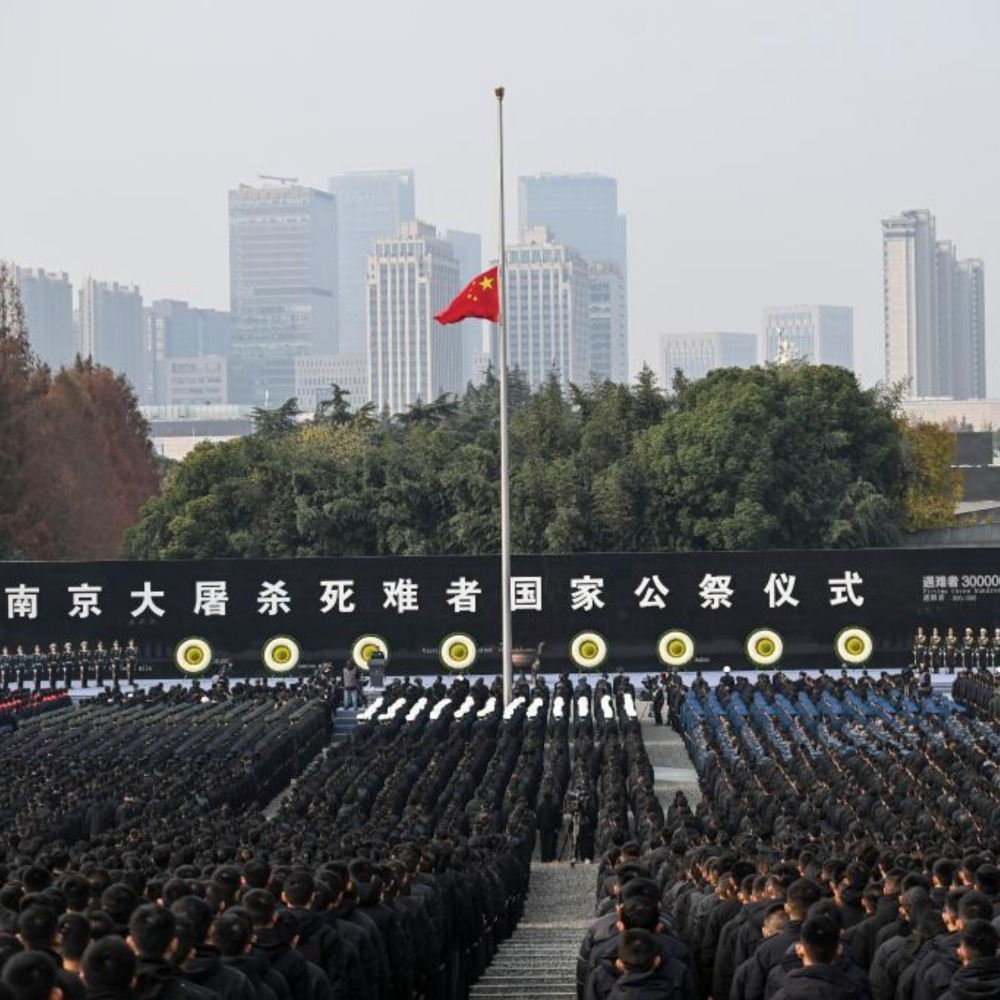Published : 2024-08-11
On August 11, 1978, the short story "Scar"(傷痕) written by Chinese writer Lu Xinhua (盧新華) was published in a newspaper, which later gave its name to the wave of "scar literature" (傷痕文學).
At that time, Lu was just a first-year student in the Chinese Department of Fudan University in Shanghai, and he had previously enlisted in the military.
After the publication of "Scar", with over 8,000 words, it immediately attracted widespread attention and the newspaper even increased its circulation to 1.8 million copies, still unable to meet demand.
"Scar" reveals the "scars" that the Cultural Revolution brought to people's body and mind, writing out the tragedy of an era.
The short story has been broadcast by over 20 provincial and city radio stations, and won the first National Excellent Short Story Award. It has so far been translated into over a dozen languages including English, French, German, Spanish, Japanese, Russian and others.
Scar literature emerged around 1977 after the end of the Cultural Revolution, with "The Class Teacher" (《班主任》) written by Liu Xinwu (劉心武的) and "Scar" as representatives, a wave of accusatory novels portraying the psychological trauma caused by the Cultural Revolution emerged.
The trend of scar literature did not last long, and by the early 1980s, it was replaced by the wave of "reflective literature" (反思文學).
The creators of scar literature were "educated youth" (知青) who used their experiences and stories as materials for writing, and the creative motivation and ideas were from the reflection in the later period of the Cultural Revolution.
Generally speaking, works written after the Cultural Revolution and before 1981 are regarded as scar literature, while those after that are reflective literature.




























